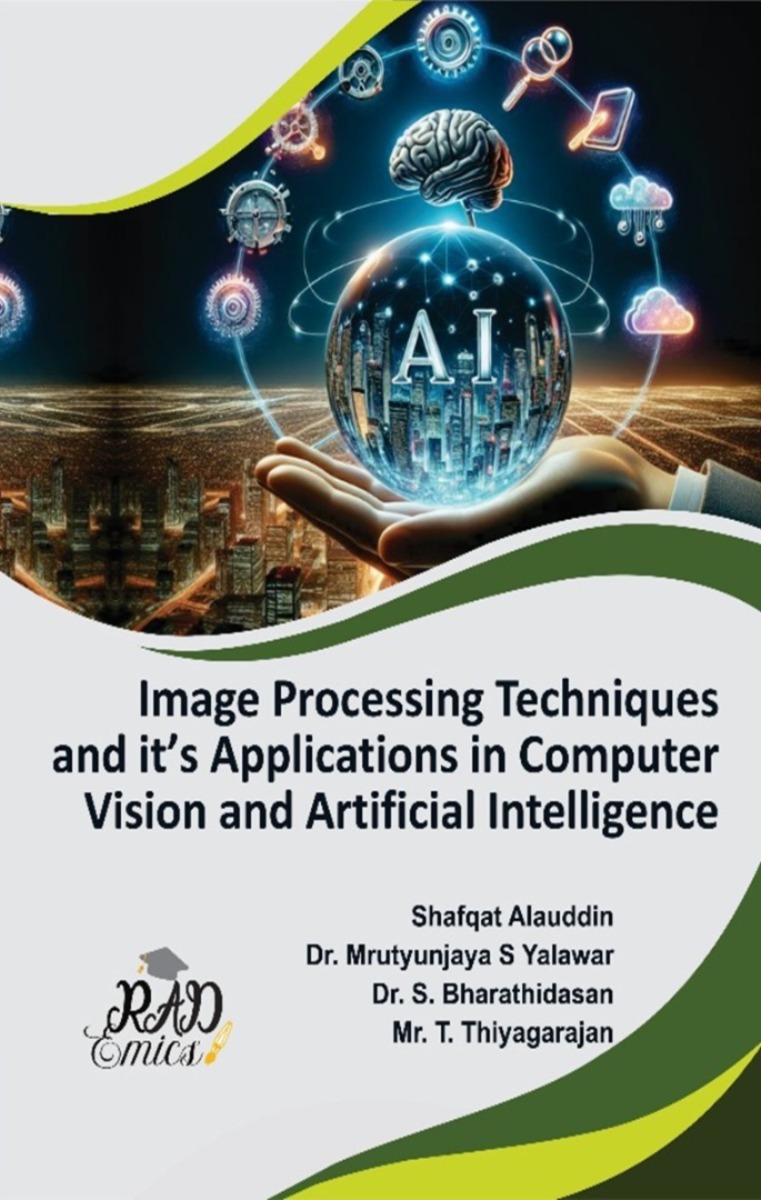
Peer Reviewed Chapter
Chapter Name : Comparative Analysis of Image Segmentation Methods from Thresholding and Clustering to Convolutional Neural Networks
Author Name : Kishor M. Dhole, Rajesh K. Parate
Copyright: © 2024 | Pages: 31
DOI: 10.71443/9788197933660-05
Received: 21/07/2024 Accepted: 21/09/2024 Published: 30/10/2024
Abstract
This chapter provides a comprehensive analysis of contemporary image segmentation techniques, emphasizing the transition from traditional methods to advanced deep learning approaches. It delves into the fundamental principles of segmentation, including thresholding, clustering, and edge-based methods, while highlighting their strengths and limitations. A significant focus was placed on the application of Generative Adversarial Networks (GANs) in image segmentation, showcasing their ability to generate high-quality segmentation masks and improve accuracy in complex imaging tasks. Furthermore, the chapter explores the role of spectral clustering and graph-based techniques in enhancing segmentation performance through structural analysis of pixel relationships. By addressing current challenges and research gaps within the field, this chapter aims to pave the way for future advancements in image segmentation methodologies. The findings underscore the importance of selecting appropriate segmentation strategies tailored to specific applications, ultimately contributing to enhanced image analysis in various domains.
Introduction
Image segmentation was a fundamental task in the field of computer vision and image processing, aiming to partition an image into meaningful regions or segments [1]. This process plays a critical role in various applications, such as medical imaging, object detection, and autonomous driving [2]. By delineating objects or regions within an image, segmentation facilitates more advanced analysis and interpretation, allowing for enhanced decision-making and automation [3,4,5]. The evolution of image segmentation techniques has seen a significant shift from traditional methods, such as thresholding and clustering, to more sophisticated approaches that leverage the power of deep learning and neural networks [6]. This chapter aims to provide an in-depth exploration of these techniques, emphasizing their principles, applications, and effectiveness in modern image analysis [7].
Traditional image segmentation methods have long relied on heuristics and manual interventions to delineate objects within images [8]. Techniques such as thresholding apply pixel intensity values to classify regions based on predetermined thresholds, while clustering methods like K-means segment images by grouping similar pixels based on feature similarity [9-11]. These approaches, although effective in certain contexts, often struggle with complex images that exhibit variations in lighting, texture, or occlusion [12]. The limitations of traditional methods have spurred interest in developing more robust segmentation techniques capable of handling diverse and challenging datasets, which has led to the adoption of advanced computational strategies [13-15].